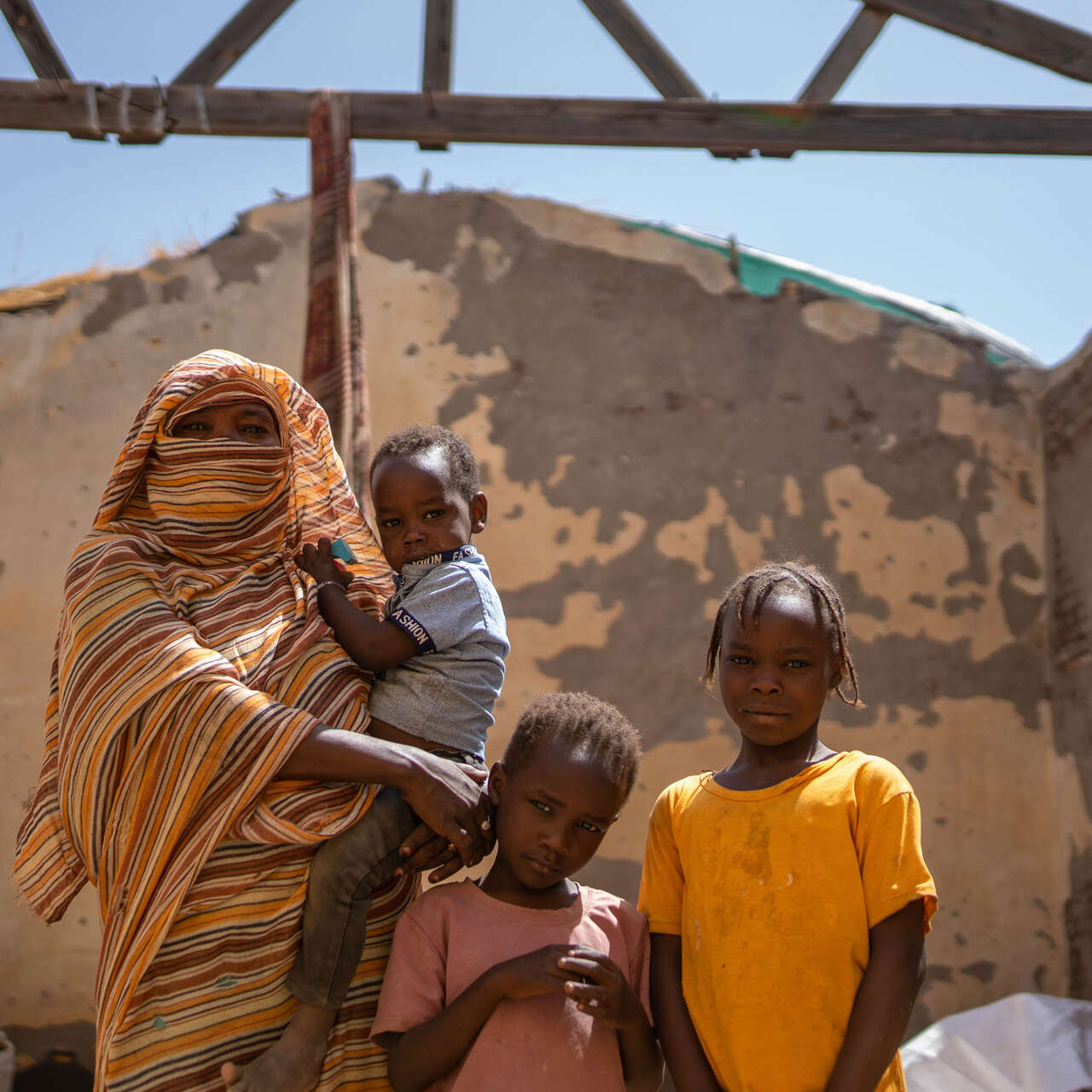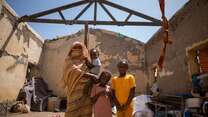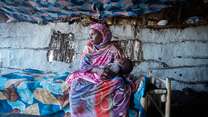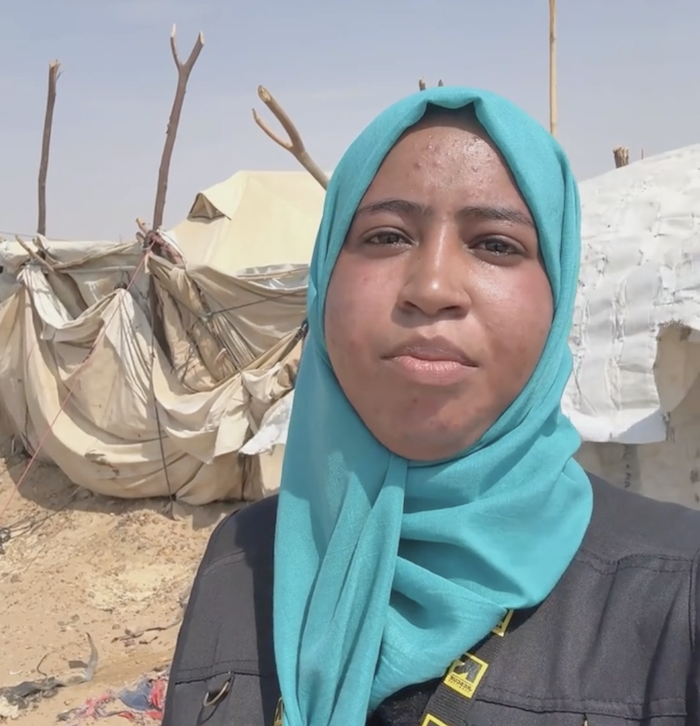Catastrophic hunger confirmed as unaccompanied children arrive in Tawila
- The Integrated Food Security Phase Classification (IPC) system has confirmed catastrophic hunger levels in El Fasher and Kadguli.
- At least 170 unaccompanied and separated children have arrived in Tawila, Sudan—many too young to state their names or origins.
- “Where are their parents, where are the people of El Fasher?” says Arjan Hehenkamp, IRC Darfur Crisis lead. “Extremely disturbing reports and satellite imagery confirm that people are not able to flee El Fasher to safe places like Tawila.”
- The IRC’s biggest concern remains the welfare of over 200,000 civilians in El Fasher whose whereabouts are unknown.
Country facts
- Population: 50.4 million
- People in need of humanitarian support: 33.7 million
- People displaced by conflict since April 2023: more than 11 million
- People facing crisis levels of food insecurity or worse: 19.2 million
IRC response
- Started work in Sudan: 1981
- Scaling up program delivery across six offices
Competition between rival branches of the Sudanese security forces has pushed Sudan into a widespread conflict and is driving a protracted crisis across the region, leaving nearly 25 million people in humanitarian need and landing Sudan on top of the IRC’s 2025 Emergency Watchlist.
Conflict between the Sudanese Armed Forces (SAF) and Rapid Support Forces (RSF) broke out on April 15, 2023, ending several years of cooperation between the two forces.
Sudan has a long history of civil war and armed insurgency. Two civil wars spanning decades of the country’s history—the Anyanya Rebellion and the Second Sudanese Civil War—caused mass displacement, injury and death. As a result, even before April 2023, many Sudanese were displaced within the country due to continued insecurity. In addition, conflict in the neighboring Tigray region of Ethiopia led to the flight of 60,000 refugees into eastern Sudan.
In recent years, extreme weather shocks such as drought and flooding have also devastated livelihoods and forced more people from their homes. Most of Sudan’s population live in rural areas and depend on rain to raise crops and livestock. Swarms of locusts have descended on farmland, destroying harvests and contributing to the rising cost of food.
After 18 months of fighting, humanitarian needs have more than doubled, leaving nearly 25 million people in need of assistance. Sudan also faces the world’s largest displacement crisis with over 11.2 million people forcibly displaced since April 2023, including 8.1 million internally displaced people (IDP).
Sudan is also experiencing one of the worst hunger crises in the world and the likelihood of mass starvation in parts of the country is high. There are currently at least 25.6 million people (more than half of the population) facing crisis or emergency levels of food insecurity—meaning that their lives are in danger from a lack of available, affordable food. This is 10 million more than before the start of the conflict, and the highest figure ever recorded in a post-harvest season.
Nearly 5 million people are on the brink of famine, which could lead to mass starvation and death. Nearly 4 million Sudanese children under 5 years old are malnourished, 700,000 of which are experiencing severe acute malnutrition—the most dangerous and deadly form of extreme hunger.
Conflict is the primary driver of food insecurity and humanitarian suffering in Sudan. It has forced farmers to abandon their lands, disrupted markets, led to massive displacement, impacted people’s earnings, destroyed public services and restricted access to aid.
In response to increasing needs, the IRC has scaled up its humanitarian efforts despite immense challenges, including office closures and suspensions due to security concerns. We are supporting Sudanese communities, both within the country and across national borders by delivering:
- An integrated water, sanitation and hygiene (WASH) program;
- Child protection services and support for women and girls, including services for survivors of gender-based violence (GBV);
- Health and nutrition services provided through static health facilities;
- Livelihood assistance through multi-purpose cash aid to internally displaced persons and members of the communities that host them.
Shortly after conflict broke out in April 2023, the IRC established a presence in Wad Madani, Al Jazirah state where we delivered health and nutrition services to IDPs fleeing Khartoum until we were forced to close the office and relocate our staff. We are currently operational in Blue Nile, Khartoum, Gederaf, River Nile, South Kordofan and White Nile states, and have an office in Port Sudan.
We are delivering direct support to clients in accessible areas of Khartoum, as well as indirect support through our locally-based community partners.
As the number of people in need of humanitarian assistance in Sudan continues to grow, and more people are displaced by the on-going conflict, the IRC is looking to scale up our current support, add new services—for example, increasing support for women affected by gender-based violence—and expand to other parts of the country.



